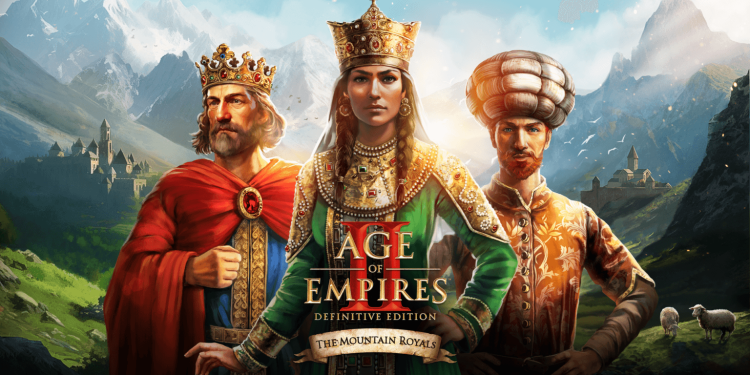Georgian civilization has been added to the video game Age of Empires.
Fans of the popular strategy game will meet Georgia during the era of King Tamar in the story.
In addition, in the game, you will find unique monuments and examples of Georgian cultural heritage, such as UNESCO World Heritage Svan towers, monastic complexes and many others.
The Mountain Royals for Age of Empires II: Definitive Edition has been officially announced. The second part of the game will debut on October 31.
Fans on the Age of Empires forum say that the DLC added two new civilizations to the game: Georgia and Armenia.
Along with interesting visual effects, The Mountain Royals for Age of Empires II: Definitive Edition will introduce video game lovers from all over the world to the history of Georgia, the “Golden Age” of the country – the era of David IV the Builder and King Tamar.

“The kingdom of Georgians is located in the shadow of the Caucasus mountains. Their fighting unit is called Monaspa, whose strength is determined by the number of soldiers,” reads the description of the updated game.
“Build a powerful kingdom in the shadow of the Caucasus Mountains and use the harsh local terrain to your advantage to repel countless enemy incursions. Monaspa is a unique Georgian unit, the strength of which increases with the increase in the number of fighters.”
“Players will also see the story of the reign of the glorious king of Georgia, Tamar, who, as the first queen of Georgia, must defeat the skeptics and leave a mark in history with her achievements.
“Georgia was revived at the beginning of the 12th century, during the reign of David IV the Builder, who carried out important reforms, established political stability and strengthened the army – the country’s military power. This trend was continued by the first ruling queen of Georgia, Tamar (1160-1213), who raised the power of the kingdom to new heights. Tamar was such a powerful ruler that in the last years of her reign, she turned her kingdom into a country ready to participate in the Crusades.”
By Ana Dumbadze
Read more here














